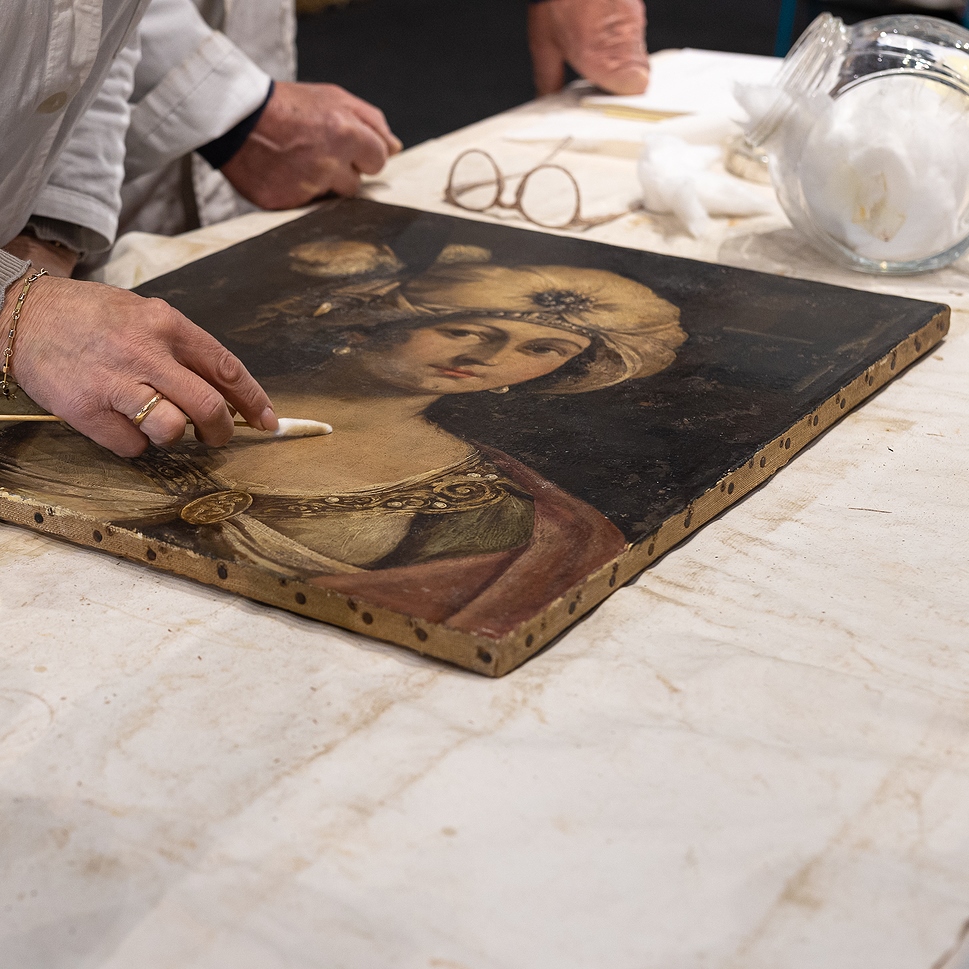Art restoration is an important practice that allows saving monetary and artistic values for generations to come. Be it an oil painting or an artifact, it’s easier to manage and save the piece of art through proper planning. This article provides a general overview of how to plan and track an art restoration project like a pro.
Understanding your requirements
To effectively handle an art restoration challenge, there’s a huge need to evaluate and understand the special characteristics of the artwork that requires restoration. This requires a professional to determine the age of the piece, quality, and general state of the material used in its creation. It’s also important to talk to art experts in order to understand the artistic and literary references of the artwork. Additionally, creating to-do lists can help organize the restoration process of your projects.
Defining the scope of the restoration project
A well-defined restoration project reduces factors like delays in work completion and cost increase, among other issues that may be occasioned by unclear prospects. The first type involves condition assessment, and it implies a scrupulous description of the artwork’s condition and noting of main issues. Another crucial factor is budgeting. It’s also important to set attainable timelines to get good results.
Creating a detailed process design
Process planning is basically the frame of any design, and so it should be well understood that a comprehensive design plan is the key to any art restoration project. The first one is fragmentation; this presupposes that the entire restoration process is resolved into sub-processes similar to washing, mending, or painting. If necessary, all the tasks should be distributed to ensure that all aspects of restoration are captured.
Tools and techniques for restoration
Depending on the type of artwork, as well as its condition, the art restoration entails the use of different instruments, such as a scalpel, skirmishes, eyepieces, bonds for repairing, etc. UV light examination is also good for the identification of former restoration and other unseen damages in the first regard.
Effective documentation
In art restoration, effective documentation plays an important role since every step of the process must be proven to show responsibility and records. Prepare a journal that captures all the processes pertaining to the artwork’s restoration, including examination and interventions made in the course of the restoration process.
Evaluating and finalizing the restoration
It is important to evaluate the overall quality of work. Always record all changes regarding the project and make a report that includes the restoration process, the methods used during the process, and the appearance of the artwork at the moment.
Conclusion
Every artwork is unique and possesses certain difficulties related to the materials that were used in its creation (e.g., oil, canvas, marble, textile, etc.), meaning that each project should be treated individually to ensure that restoration works are delivered in the right way.
